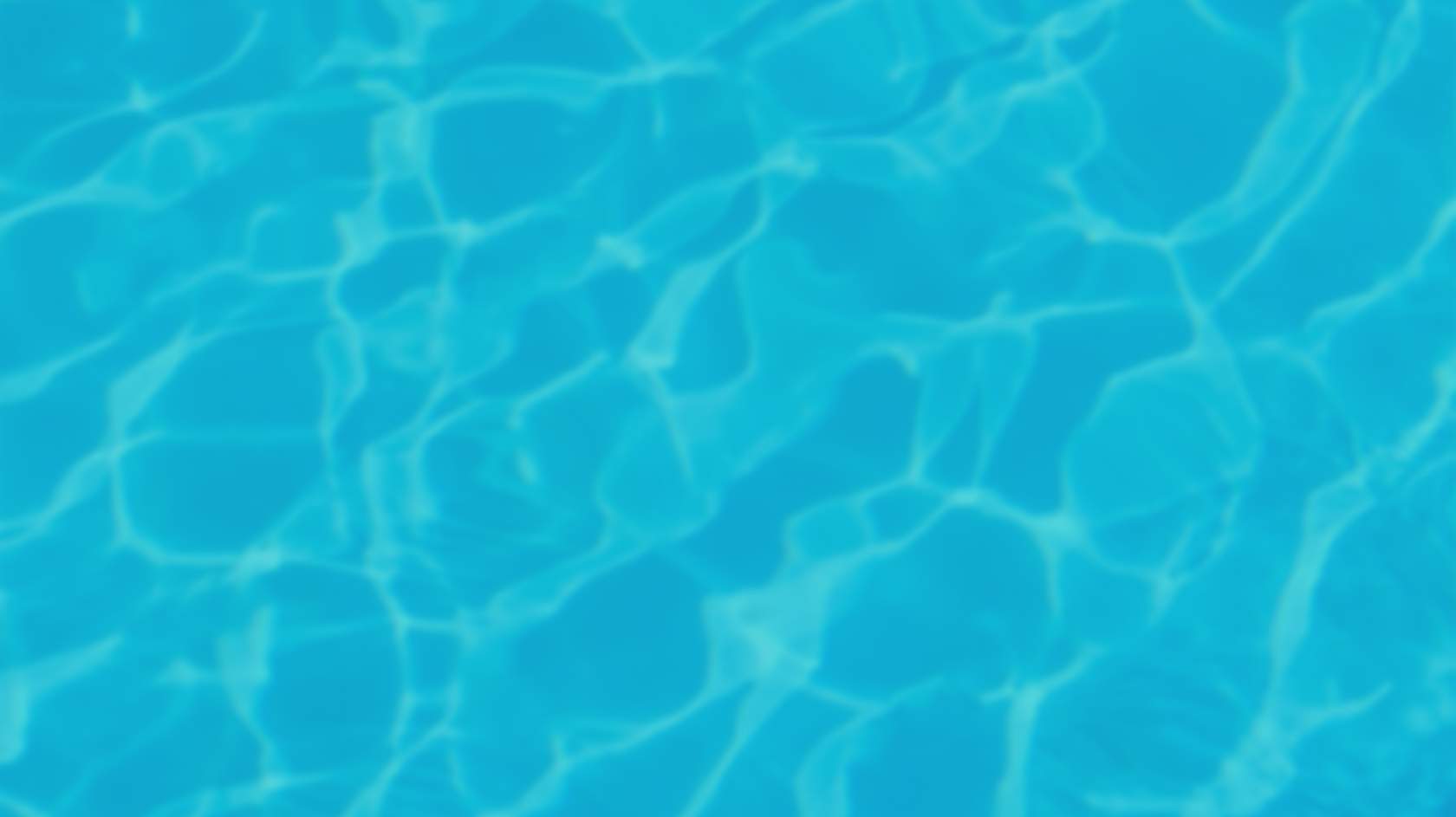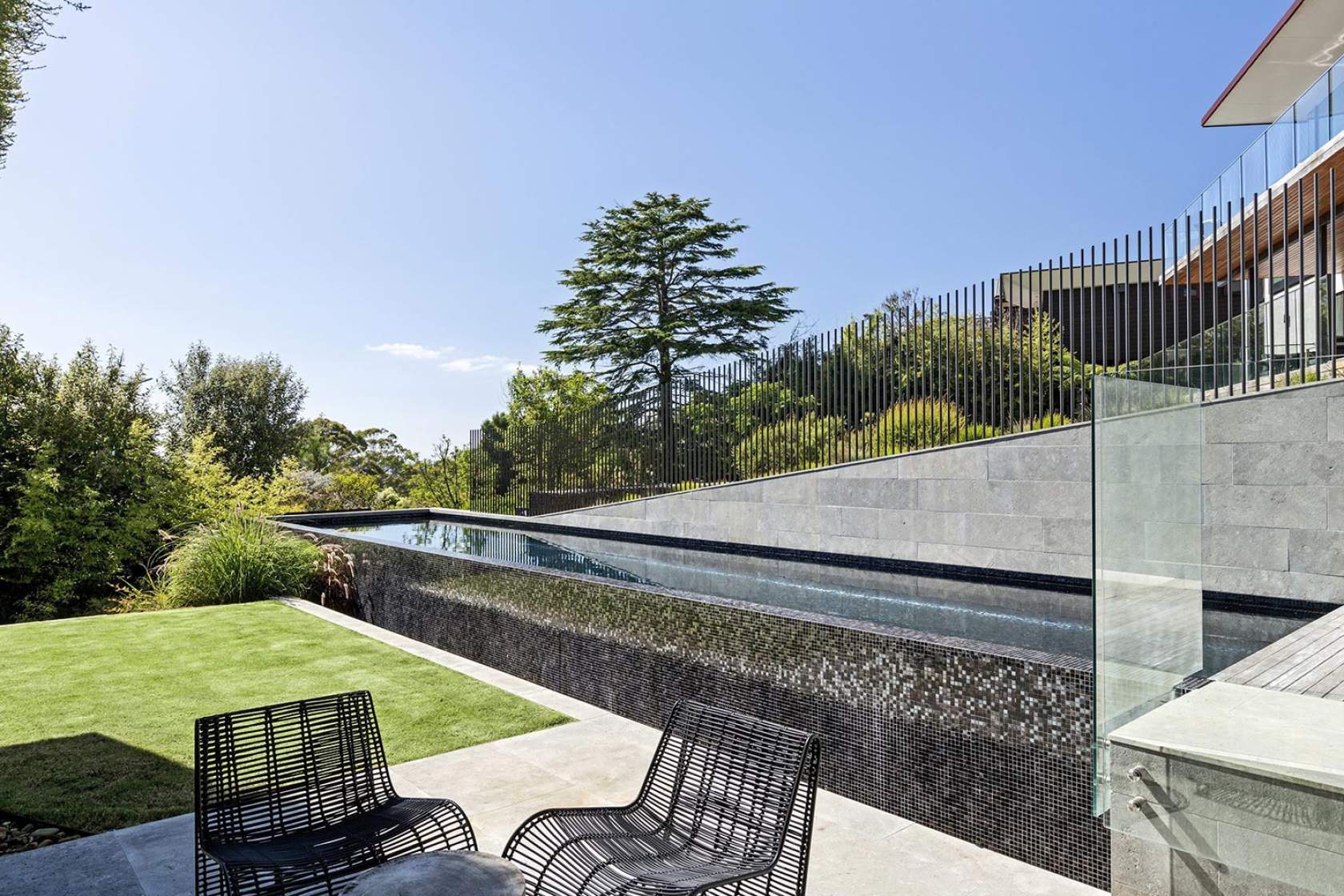

- Home >
- Caring for your Pool & Spa >
- Water Quality > Balancers
Make Your Pool Water Comfortable With Balancers
Balancers ensure that pool water is more comfortable to swim in
Balancers are essential to an effective pool care program, making maintenance easier and preventing common pool care issues from becoming major, costly problems.
Water balance is affected by a wide range of variables – the quality of the source water, what chemicals are going into the water, the exposure of the pool to weather conditions and so on.
A proper balance of chemical factors such as total alkalinity, pH and calcium is needed for the sanitiser to work correctly, the water to be pleasant to swim in, and to prevent scaling or corrosion of the pool surface or equipment.
The pH level indicates how acidic or alkaline the water in your swimming pool is. It is a measurement scale from 0 to 14 of the acid or alkali level of the water.
Controlling pH is important for swimmer comfort (reduces sore eyes and itchy skin) and is an essential part of water balance that ensures chlorine efficiency.
Anything that comes into contact with pool water can change pH levels:
Source water; tap, bore, creek, sea, rainwater tanks etc
Most chemicals added to the water
Most Chlorines, especially salt chlorinators
Swimmers
Acid rain
Dust in the air
Dilution of pool water with top up water
Temperature
Ideal PH level depends on the interior lining of the pool or spa.
7.4 to 7.6 for concrete/ pebblecrete pools
7.2 to 7.6 for fibreglass pools
To raise pH: Add Buffer (Sodium Bicarbonate), 2kg at a time depending on the pH starting point. Dissolve in a bucket of water and broadcast over the pool, with the pump running.
If the pH is considerably low, add Soda Ash, Sodium Carbonate, 1kg at a time depending on the pH starting point. Soda Ash is twice as strong as Buffer.
To lower pH: Hydrochloric acid, added to a bucket of water, is broadcast over the pool, with the pump running. The amount depends on the Acid Demand test from your weekly pool test.
Total alkalinity refers to the level of bicarbonates, carbonates and hydroxides in your pool water and is an essential part of water balance. Low total alkalinity can cause erosion of concrete, tiled and painted pool surfaces. It also de-stabilises pH levels, without it you would need to add acid every second day. The total alkalinity of your top-up water will affect the total alkalinity of your pool. Total alkalinity should be checked regularly and adjusted accordingly.
Ideal level: 80 and 200 ppm, depending on the type of swimming pool.
To raise Total Alkalinity: Add Buffer (Sodium Bicarbonate) at the rate of 1kg in 50,000L (200gramms in 10,000L). This will raise TA approximately 10ppm, and will also increase pH slightly.
To lower Total Alkalinity Add Hydrochloric acid at the rate of 1L in 50,000L (200mls in 10,000L). This will will lower TA approximately 10ppm. Alternatively, addition of Sodium Bisulphate (Dry Acid), 480gms in 50,000L (150gms in 10,000L) will lower TA approximately 10ppm.
{slider title="Calcium Hardness (CH)"}
Calcium hardness is the level of dissolved calcium present in your pool water. Low calcium hardness affects water balance and can lead to corrosion. Water has a natural hunger for calcium and if you do not add it to the pool water it will seek it out from your pool surface and equipment. High calcium hardness also affects water balance and can result in cloudy water, scale build-up, discoloration of pool surface and lowers efficiency of chlorinators and heaters. You should therefore test your pool water calcium hardness regularly.
Ideal level: the recommended calcium hardness range is 200 - 400ppm
To raise CH: Add Calcium Chloride (Calcium Increaser, Hardness Increaser) at the rate of 1kg in 50,000L (200grams in 10,000L) will raise CH approximately 10ppm.
To lower CH: Dilute pool water with source water lower in Calcium Hardness level to your pool or use a Calcium Hardness Reducer.
Ultra-violet light destroys chlorine, and for health and financial reasons it is important to overcome this effect as much as possible. While not part of water balance, Stabiliser (Cyanuric Acid) is a very important addition to pool water as it stops chlorine loss caused by sunlight. Without stabiliser, the pool would lose 90% of it’s Chlorine after 2 hours in full sun. Stabiliser is also lost through splashing and by backwashing the filter. Stabiliser may need to be replaced regularly, especially during the summer season. Stabiliser should not be used in indoor pools or spas.
Ideal Level: 30 to 50ppm. It should never be allowed to go over 50ppm.
To raise stabiliser: Stabiliser comes in granular and liquid. Granular stabiliser is added at the rate of 1 kg in 50,000L (200grams in 10,000L) and increases stabiliser levels by approximately 10ppm. Liquid stabiliser is added at the rate of 1L in 50,000L (200mls in 10,000L) and increases stabilizer levels by approximately 6.5ppm.
To lower stabiliser: Empty out a portion of pool water and refill with fresh water. This is common if using stabilised chlorine, once a week tablets, TCCA or granular trichlor.
